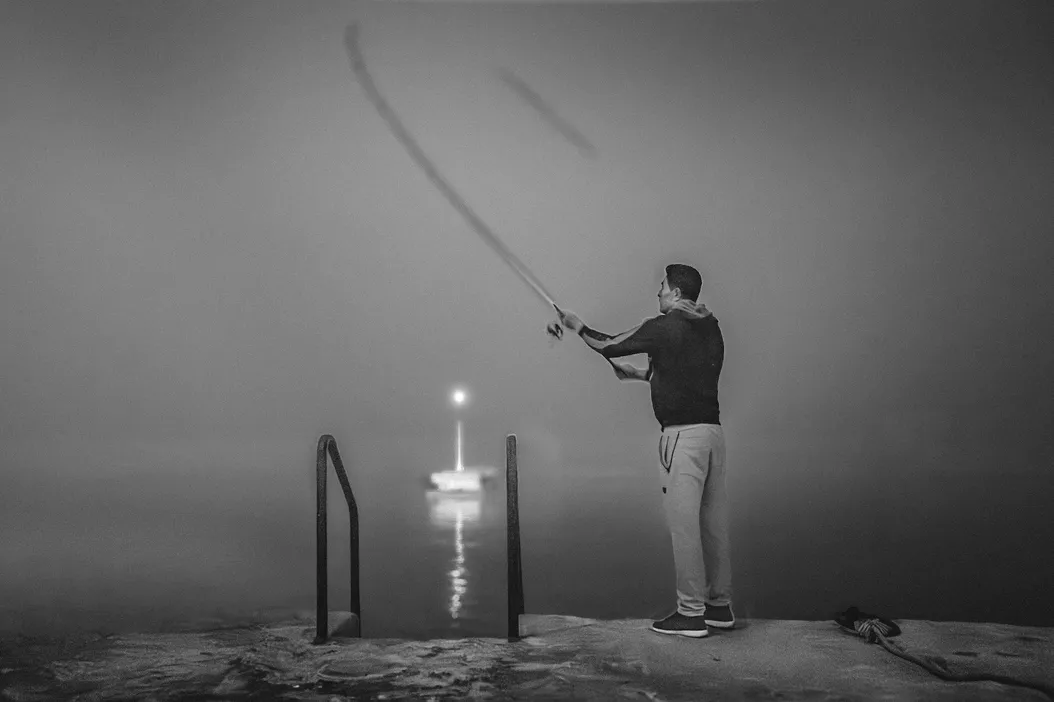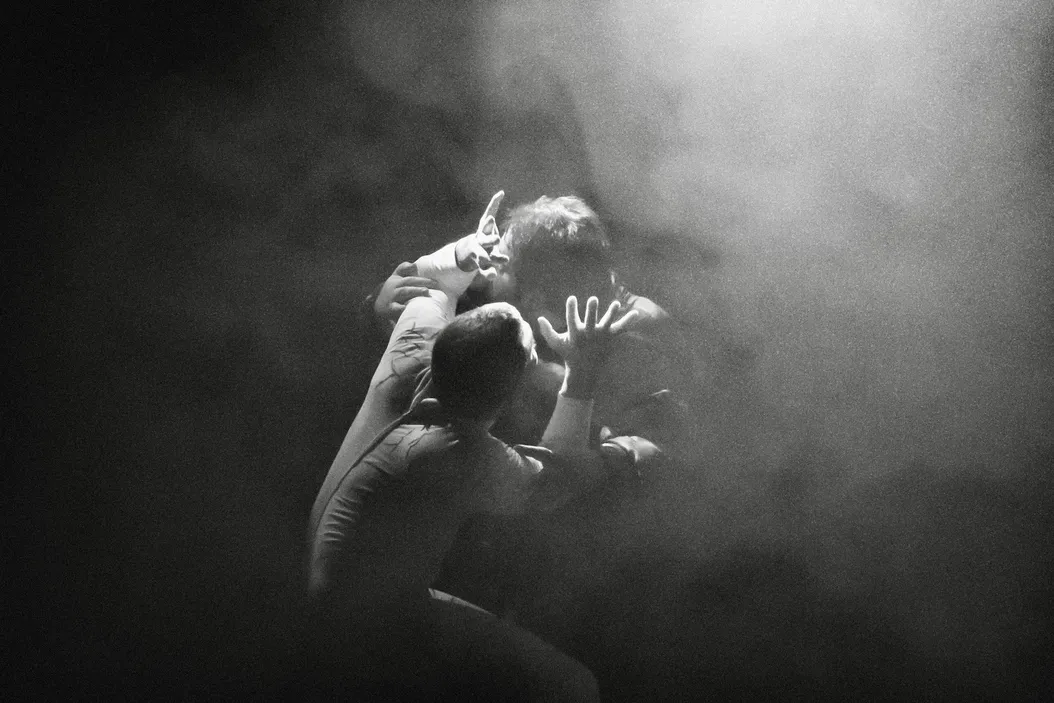Two things struck me over the last week, that illustrate an important principle for confronting power.
I interviewed JoJo Mehta, who runs Stop Ecocide International, for DiEM25’s YouTube channel (the video will be out soon). Ecocide means the wanton destruction of the environment. And the group is trying to get it recognised as an international crime.
I asked JoJo what she plans to do if Stop Ecocide International achieves its goal. And she said something you don’t hear very often in the activist space (edited for clarity, and emphasis mine):
We’re very much a one trick pony. We’re focused on getting ecocide recognised, ultimately at the international level. So as and when that happens, if Stop Ecocide International is to continue as an organisation, it would move its focus more towards implementation and the communication around that. But from a personal perspective, that’s not going to be me [that would lead it].
Someone actually said to us, if what you are doing works, we’re all out of a job. And our response to that is, well, isn’t that the point?
Sit with that for a second. If JoJo's NGO gets what it wants, she says she’ll quit.
Meanwhile, DiEM25 is running in regional elections in Bremen, a large state in Germany. Election day is this Saturday, and the bid is a long shot for a first-time party.
But whatever the result, the team on the ground — a handful of volunteers with almost no budget — have been punching way above their weight in recent weeks. They’ve criss-crossed the city, canvassing, debating and pulling innovative stunts to raise awareness of the campaign. They’ve collaborated fluidly.
Nein zu Wohnopoly! Das haben wir heute Abend an das GEWOBA Gebäude in Bremen projiziert. Die GEWOBA wird von der Bremer Regierung als Aktiengesellschaft betrieben und macht jährlich einen Millionengewinn auf dem Rücken der Mieter:innen. Das muss sich ändern! #BremerSolidarität pic.twitter.com/TXqEpn5OlJ
— MERA25 Bremen (@MERA25Bremen) May 6, 2023
This is partly because DiEM25 has some smart, committed people. But also because in Bremen, the clarifying power of a timeline and a goal is providing constraints they can make magic with.
These examples speak to this: successful activist projects need a clear mission and endpoint. And their goal should ultimately be to make themselves redundant.
The anti-establishment establishment
The activism landscape is filled with groups who have become part of the furniture. They organise events, put out reports, comment on the news. They raise funds; they provide jobs. They seem to exist in perpetuity, bouncing from goal to goal.
Usually these are groups whose goals were abstract, unattainable, and open-ended. Or they set an achievable mission and deadline, got what they wanted, and answered the question ‘what now?’ with ‘let’s keep it going’.
From the point of view of their supporters and funders, therefore, they’re always needed, ever relevant.
The reality, though, is usually the opposite. Such groups are typically low impact, inward-looking, and stagnant. Look, for example, at the raft of new disinformation NGOs, playing eternal whack-a-mole on the EU’s dime. Or the longtime US advocacy organisations that made headlines last year for their disastrous management.

Or the lobby groups that orbit every government, existing only to push for better conditions for their stakeholders. Whatever ‘better’ means, and seemingly forever.
Keeping the atoms moving
OK, I’m being a bit hyperbolic. These groups generally have good intentions, and there are some well-organised causes that reinvent themselves year on year. Humanitarian organisations and groups that provide services are continuously needed. And of course timeframes and scopes can shift to keep up with current conditions. Flexibility is an asset.
But the principle stands: In an ideal world, at a given moment, the activist landscape should resemble a set of projects. Each making winnable demands of power, each on a fixed timeline.
And when that time is up, these projects should dissolve. And reform to confront power in another battle, with renewed energy, somewhere else.
Update 26/06/23: I like this three sentence summary by Seth on the need for an endpoint.



